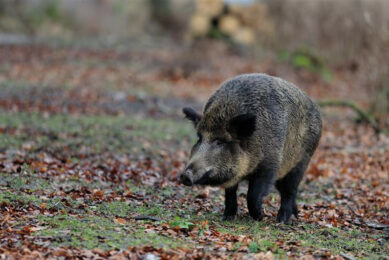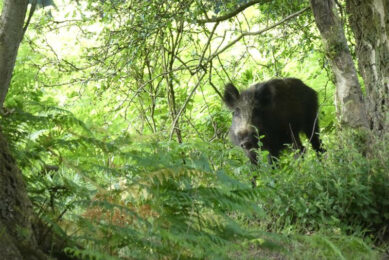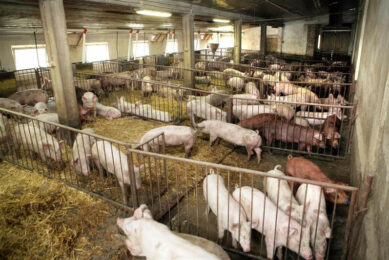Belarus reveals plans for construction of farm for 100,000 pigs

The Belarussian government rolled out plans to build a pig farm for 100,000 animals to be kept simultaneously. The plans aim to boost the pig herd decimated by African Swine Fever (ASF) during the past decade.
The rationale behind building the pig farm is not only to boost the output, but also to improve the pig industry’s financial performance explained, Yuri Shuleiko, Belarussian deputy prime minister to local press.
Loading the meat-processing sector
Belarussian slaughterhouses and meat-processing plants suffer from a lack of pork in wholesale. The average capacity utilisation ratio in the sector ranges between 30% to 50%, Shuleiko estimated. “The processing lines needed to be loaded with meat to ensure their sustainable operation and support business profitability,” Shuleiko emphasised.
In addition, the Belarussian authorities recently finished modernising the Orshansky meat processing plant, where a new state-of-the-art production line was put into operation. The giant farm construction will be the key step in solving the problem of a lack of pork in the country, he added.
Expanding pork production capacities should also help attract additional investments into the national economy, including from abroad, and open export opportunities.
Mixed performance
The Belarussian pig industry has shown a mixed production dynamic during the last decade. In the late 2010s, the sector’s output slumped by nearly 25%, and ASF might have played a huge role in the downward dynamics.
The industry has never fully recovered from that crisis, and despite president Alexander Lukashenko’s repeated calls to ramp up pork production, the industry’s performance remained somewhat weak in early 2020.
The Belarussian Agricultural and Food Ministry estimated that in 2023, Belarus manufactured 426,000 tonnes of pork, 6% more than in the previous year. As of December 1, Belarus kept 2.1 million pigs at its farms, 1% more than in 2022.
Industry development in action
The new farm is believed to be a part of the Belarussian government’s comprehensive industry development programme, which aims to boost the country’s self-sufficiency in pork production and reduce its reliance on imports.
By 2026, the Belarussian authorities intend to put 14 new pig farms in operation, hoping to push pork production up beyond 500,000 tons. This will help the country raise its level of self-sufficiency in pork. Belarus primarily imports pork from Russia. During the first half of 2023, deliveries reached 20,000 tons, 38% up compared with the previous year.











